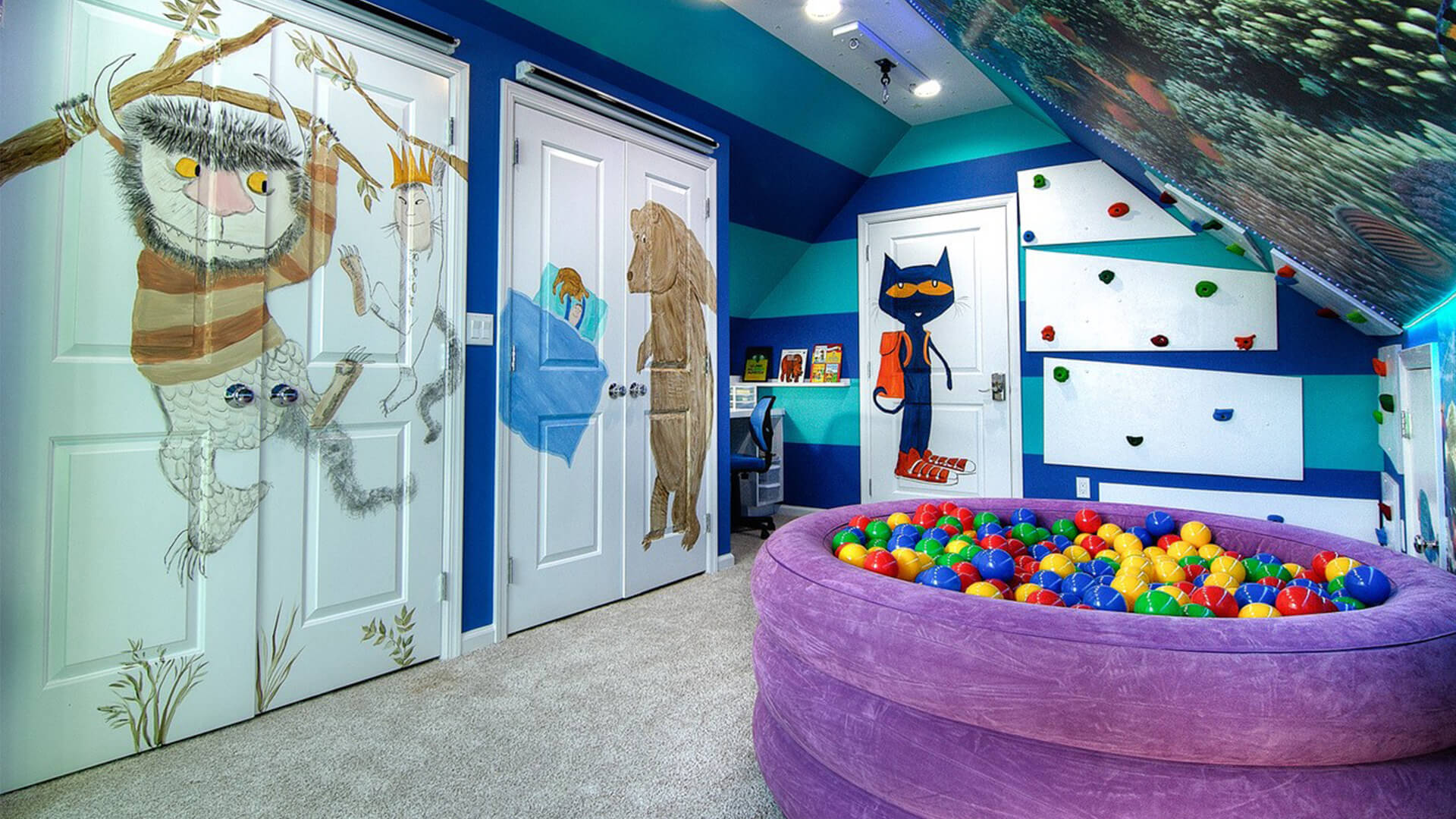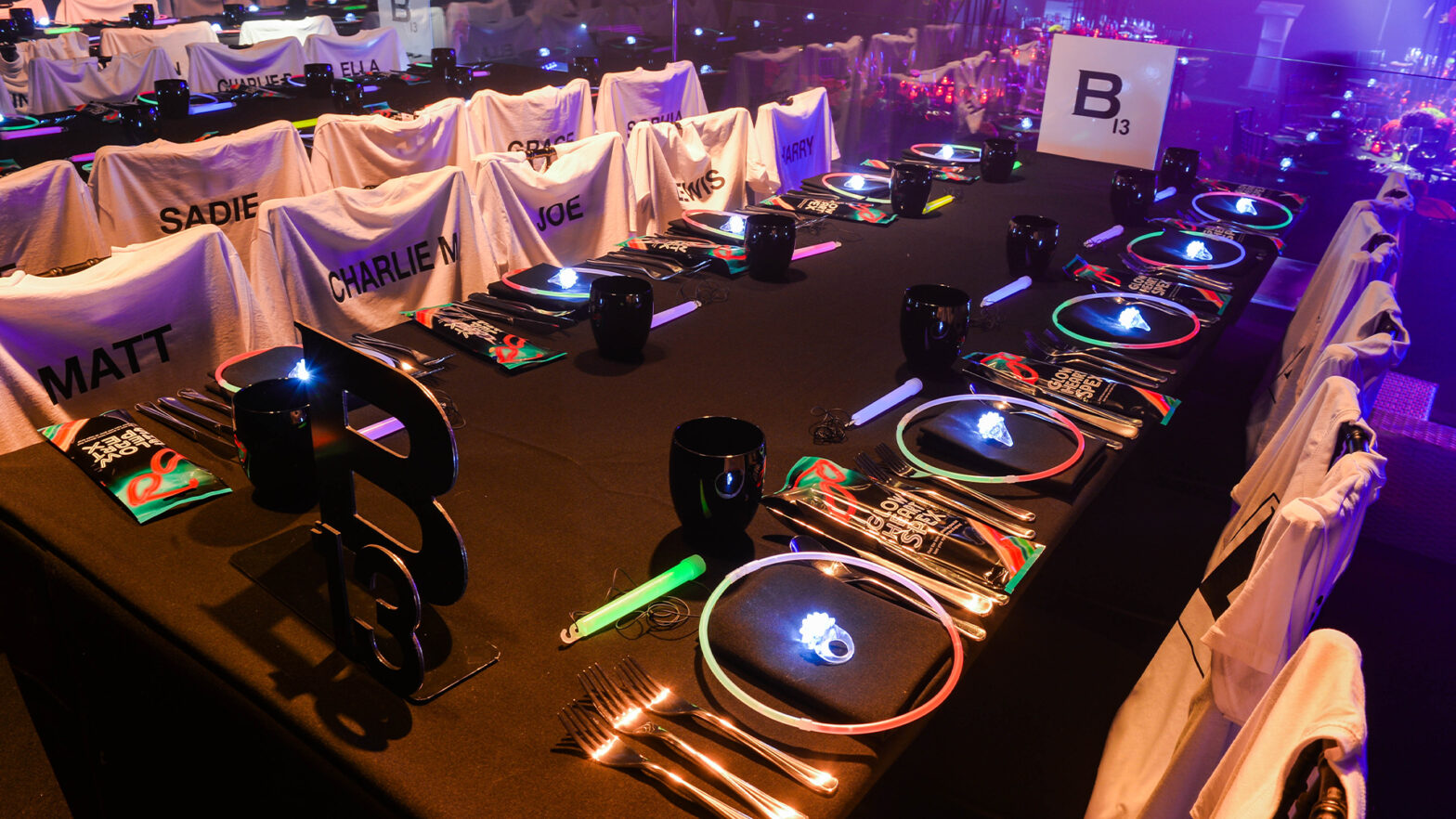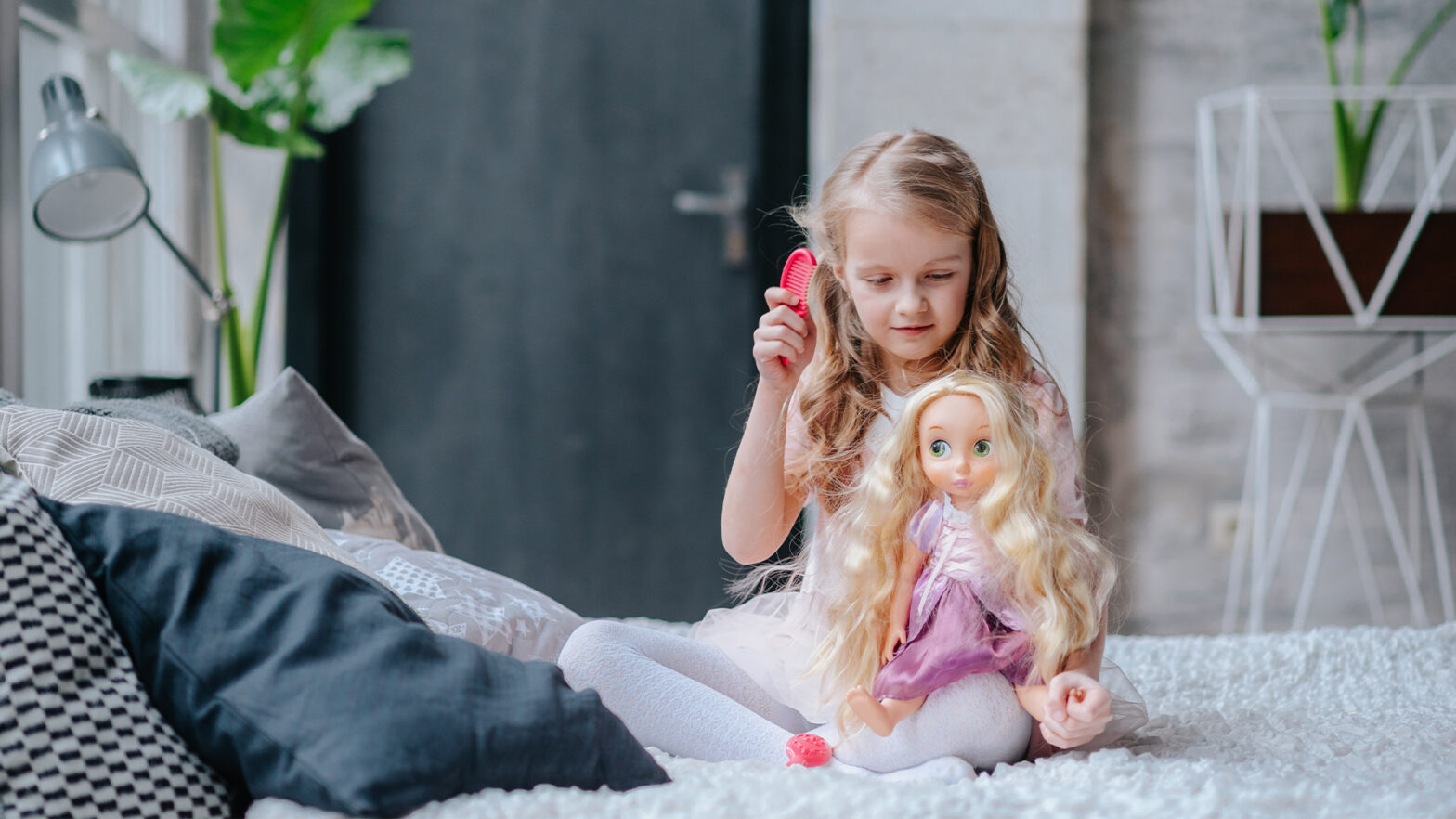From simple solutions to entire overhauls, Wendy Interiors can change the look and feel of your home. Following her success in LUXlife’s End of Year Feature as the Innovative Interior Design Studio of the Year – 2018, we profiled the firm and caught up with Wendy who provided us with a glimpse into the innerworkings of her award-winning brand.
As a designer, Wendy Lepkoff of Wendy Interiors meets a lot of people. Her clients run from small one-room projects to whole house redesigns, but Wendy says one of the most rewarding projects she has been a part of involved children.
“I have always loved being around children – my own, my grandchildren, my family and friends,” says Lepkoff. “The innocence of a child through their laughter and unbiased love for life is just amazing – and that shines even more in a child with Autism.”
This past summer, Wendy was fortunate enough to work on a George To The Rescue mission to help the Payne Family on Long Island. This family of six has two sons with Autism, and Wendy was called in to help transform the boys’ bedrooms and sensory/therapy room into a welcoming and sustainable living space for the entire family.
“As an interior designer, I am typically asked to help decorate a room, pick a paint color, or the perfect piece of furniture. Most of my clients are looking for an expert to help make their home look amazing, but designing a room or a home for a child with Autism and their family is about so much more than just having the space look perfect,” says Lepkoff.
Wendy says when you are designing for a child with Autism, whether it be a bedroom, playroom or therapy room, it’s critical to take into account factors that we normally wouldn’t think twice about. Children with Autism need an environment that suits their very personal needs. Some children are drawn to light, some children need a lot of color, some children are comfortable around a certain theme that takes into account their passions, interests, as well as their likes and dislikes. One child’s distraction is another child’s calm.
As Wendy was designing the new space for the Payne family, there were a lot of considerations. Picking a paint color, she says, is actually one of the biggest and most difficult decisions when designing a room. “Think about how much space this one decision is taking up – four walls and a ceiling – big or small that’s a lot of surface area. Now consider how detrimental that space is to a child with Autism,” says Lepkoff.
Wendy chooses soothing colors based on her interview with the child, the parents, and the therapist. Accents on the walls, such as murals that incorporate a theme into a room, can also be used to create an inviting and calming space.
It’s not just how a room looks and feels, but also what is in it that creates an environment where a child can feel comfortable. This could be done in a separate room, or if space is limited, a piece of a bedroom. While most kids would love a room filled with toys and games, creating a space for a child with Autism needs to be neat and organized to limit over-stimulation, Wendy explains. Shelving that is visible and accessible makes such a difference when putting a room together, it provides necessary independence for the child. Stimulating, therapeutic accessories such as a hammock swing and/or platform swing, or a ball pit with weighted balls, and a mini trampoline help to make a room functional, fun and welcoming. But permanent fixtures, like a rock wall, noodle farm or magnetic walls are where a designer’s expertise can really help transform a room.
Lighting design also plays a key role in the development and comfort of a child with Autism. Some children are drawn to light but some, such as florescent lighting, may be a struggle. Instead, Wendy and her team designed desks for the boys with lighting fixtures that draw them to their workspace.
Additionally, Wendy’s electricians outlined a mural with LED lighting to above a library area to draw the children to read on their custom-made floor cushions.
None of this design work is done in a vacuum. Wendy says there were many conversations with the parents, the family, the therapists and the children to truly understand all of their personal needs. Even though the parents may want one thing, Wendy says it’s her job to design with the child in mind.
“There are so many wonderful options for families with children who have Autism. These children face so many struggles outside their home, it’s such a blessing to be able to work with families to create these welcoming and nurturing environments,” says Lepkoff.
Contact Details
Company: Wendy Interiors
Website: www.wendyinteriors.com
Telephone: +1-516-665-9920




















